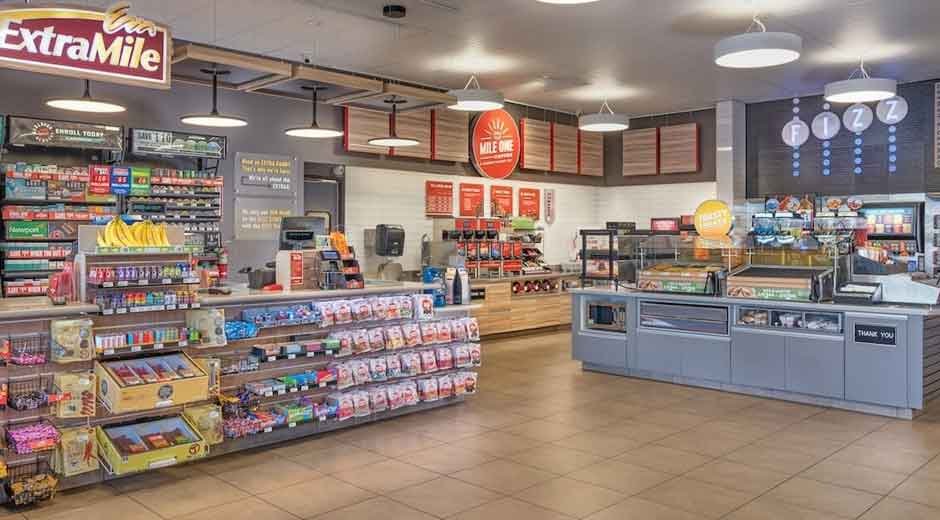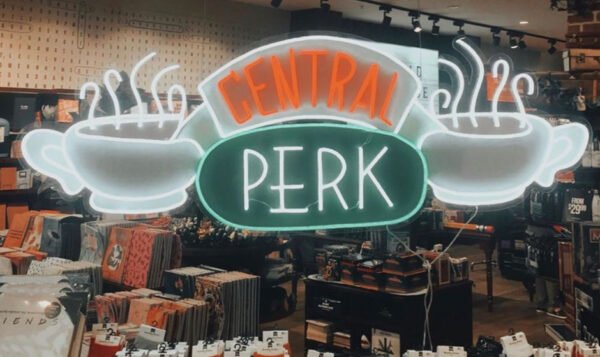How Convenience Store Design Companies Transform Small Spaces Into Profitable Layouts

Small stores often face the challenge of maximizing sales in limited square footage. Every aisle, shelf, and counter needs to work harder to create both flow and revenue. If designed poorly, a small convenience store can feel cramped and inefficient, discouraging customers from exploring.
The solution lies in turning challenges into opportunities by incorporating thoughtful layouts where foot traffic and product placement are carefully planned. This is where the expertise of convenience store design companies makes all the difference, helping small spaces thrive. Let’s read about these designs in detail.
Turning Limitations Into Strengths
It may seem that a compact store has little room to grow, but a smart design can prove otherwise. Professionals know how to open up spaces visually while maintaining clear pathways for customers. Even small changes, like adjusting shelving heights or positioning refrigerators, can change how shoppers move through the store. The result is a layout that feels welcoming, uncluttered, and optimized for browsing. Small space no longer becomes a problem; it becomes a competitive edge.
Strategic Planning for Traffic Flow
How a customer enters, shops, and checks out defines the overall shopping experience. A poorly designed flow results in congestion near the register or low visibility for high-margin items. Design specialists focus on creating natural pathways that guide customers through best-selling categories without making them feel forced. By placing popular impulse buys close to the exit or arranging longer aisles to encourage exploration, stores maximize every square foot. A well-thought-out path boosts sales while keeping movement easy and intuitive.
Blending Aesthetics With Functionality
The look and feel of a store matters equally to its organization. Lighting choices, flooring, and display arrangements all send subtle signals about quality and comfort. A bright and thoughtfully lit store makes products more appealing and spaces appear larger. Designers often combine bold accents with practical display solutions to strike the right balance between function and style. This harmony keeps shoppers engaged, makes small stores feel welcoming, and enhances customer loyalty.
The Role of Equipment and Technology
Choosing the right equipment can make or break the efficiency of a small store. Energy-efficient refrigeration units, compact shelving, and multi-purpose counters enable owners to serve customers without wasting space. Technology also plays a vital role in supporting the design. Well-positioned point-of-sale systems reduce checkout delays, while smart lighting reduces energy costs and improves visibility. When every piece of equipment is chosen with strategy, the result is an operation that maximizes profit while reducing overhead.
Creating Lasting Customer Impressions
At the end of the day, stores must leave customers with a reason to return. Layouts that feel easy to navigate, clean, and comfortable help build trust in the overall shopping experience. Everything from the backroom organization to the freshness of displayed products is influenced by the design choices made early on. When customers enjoy spending time inside a store, they tend to purchase more and return frequently. By embracing professional guidance, small spaces transform into profitable businesses that stand out in even the most competitive markets.
Transforming a small and crowded store into a functional and revenue-driving space requires more than guesswork. That is why working with convenience store design companies ensures that every aspect of the store contributes to long-term success and profitability. With expert planning, technology integration, and attention to detail, small-format retailers can do much more than just survive; they can thrive in their communities.



